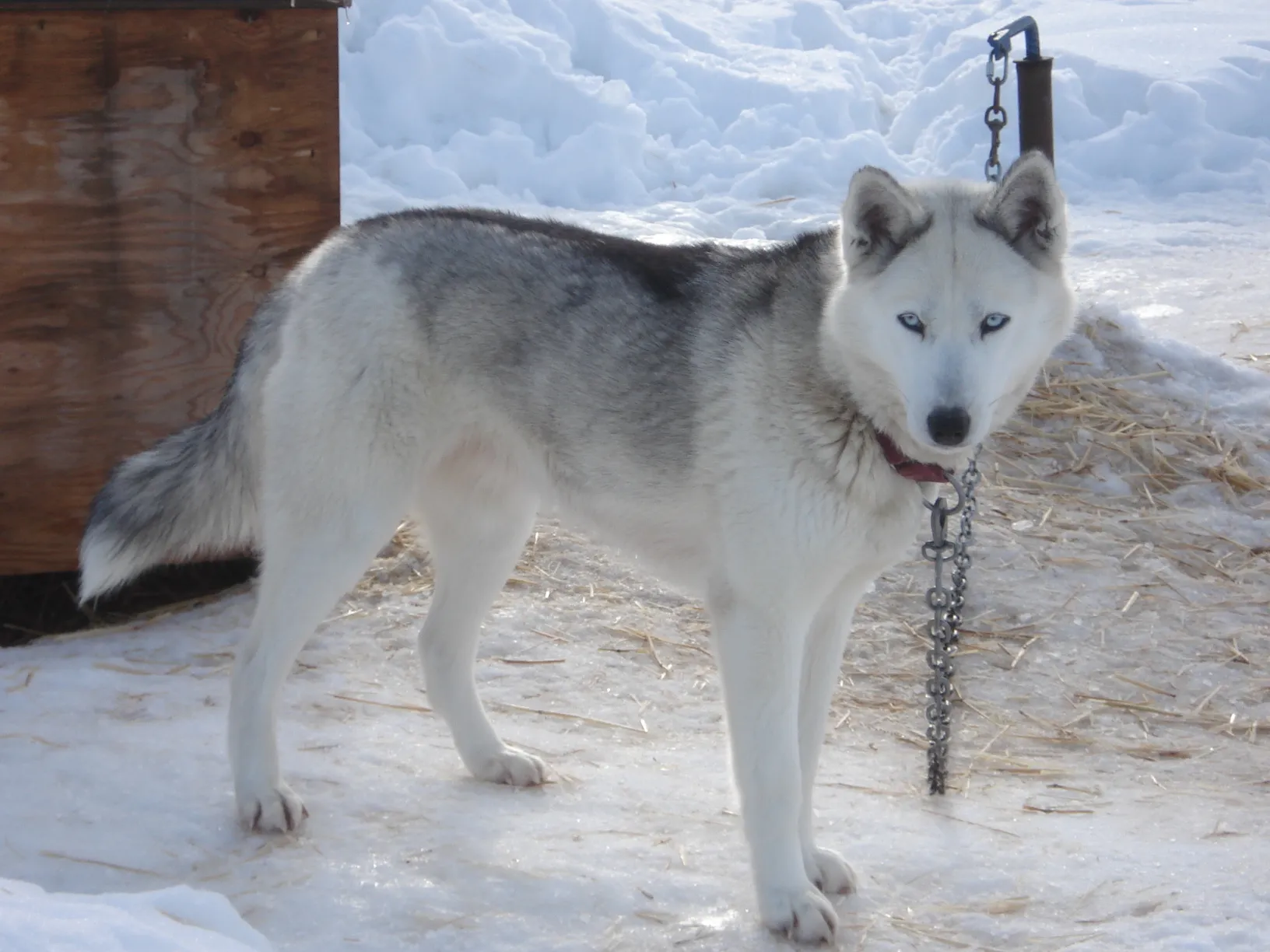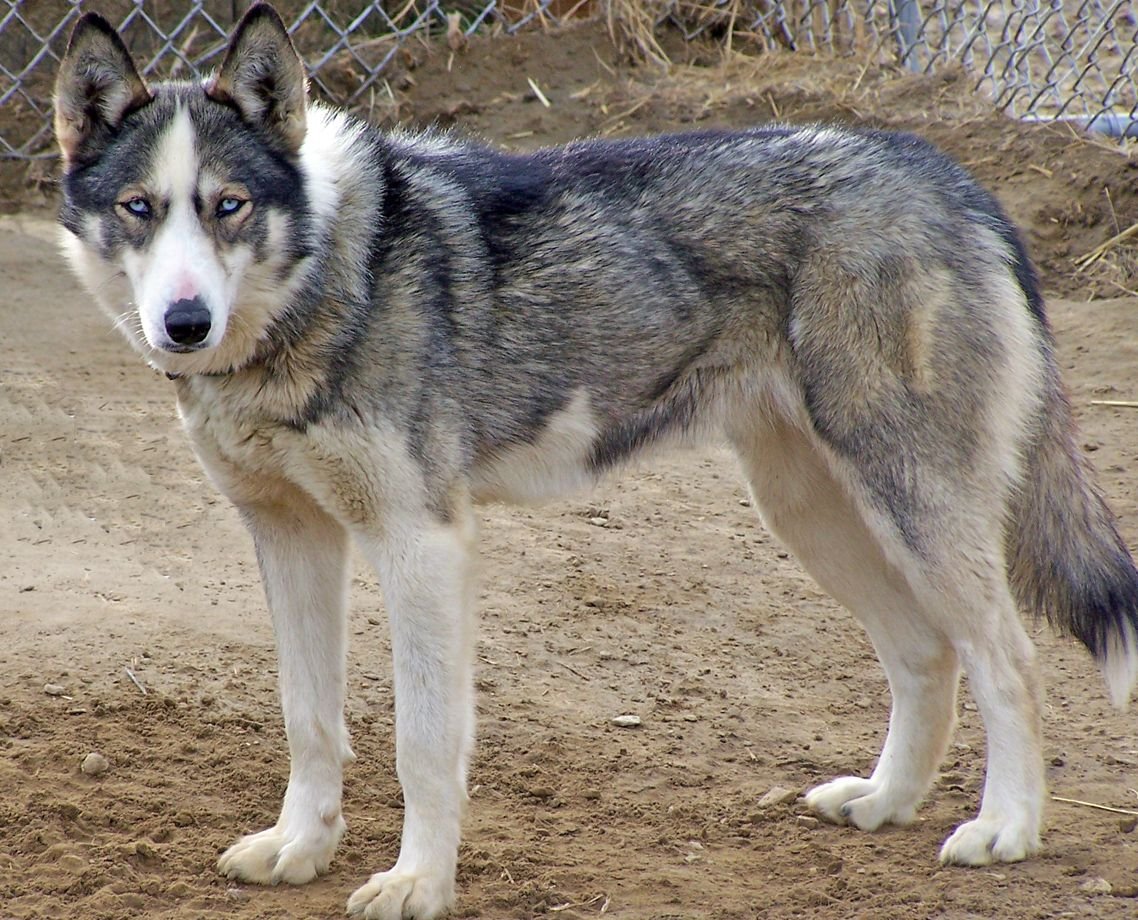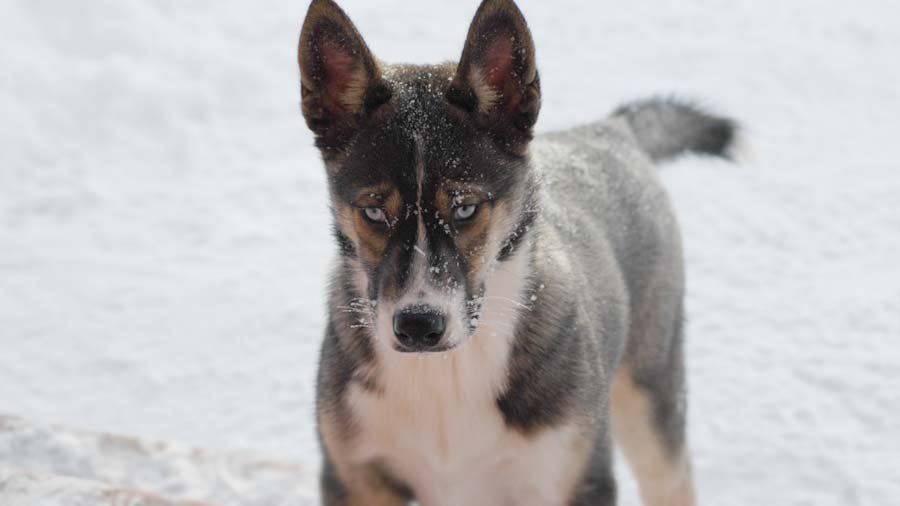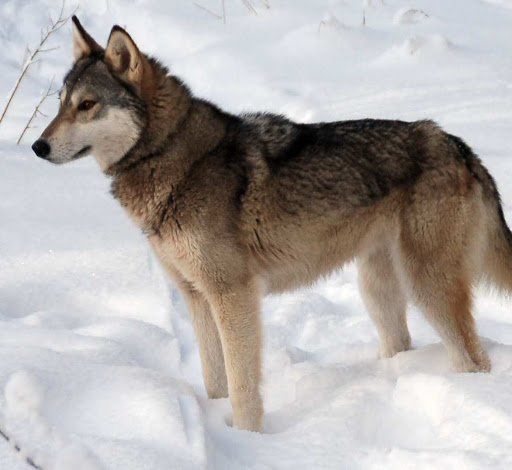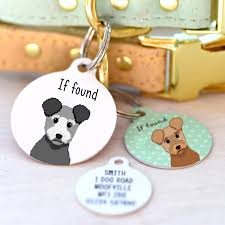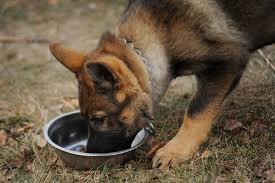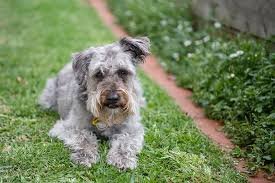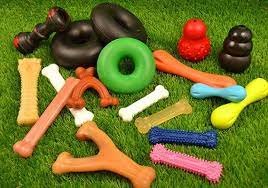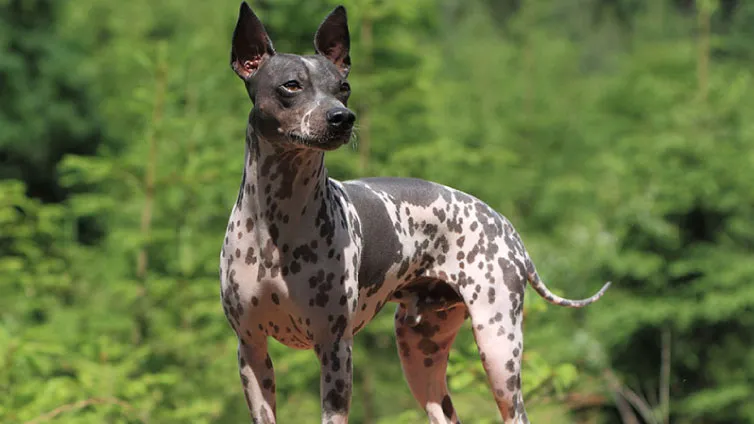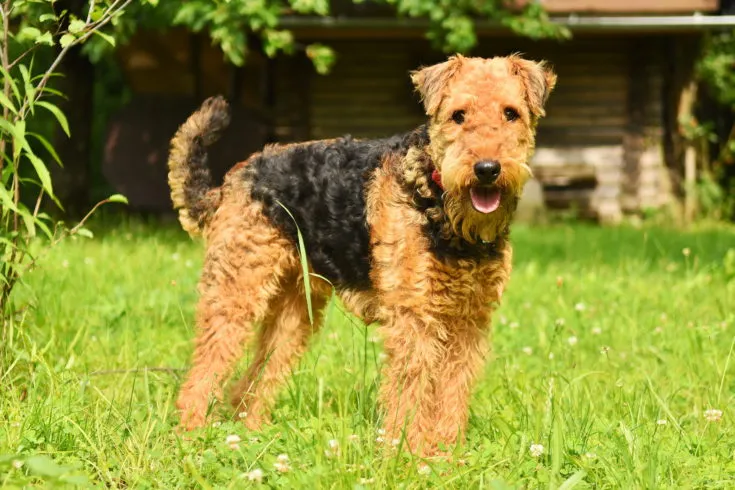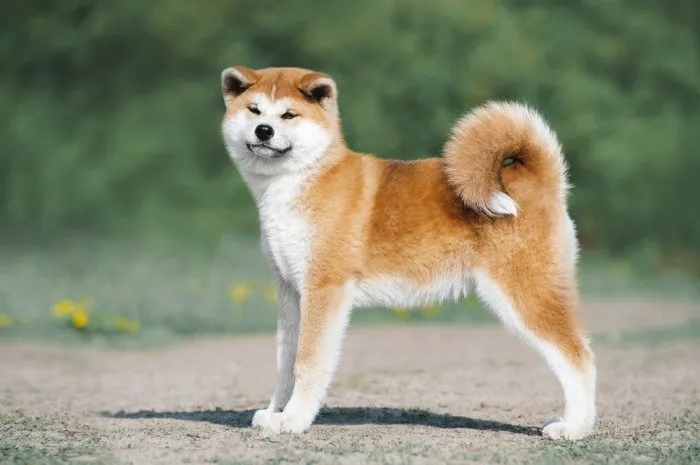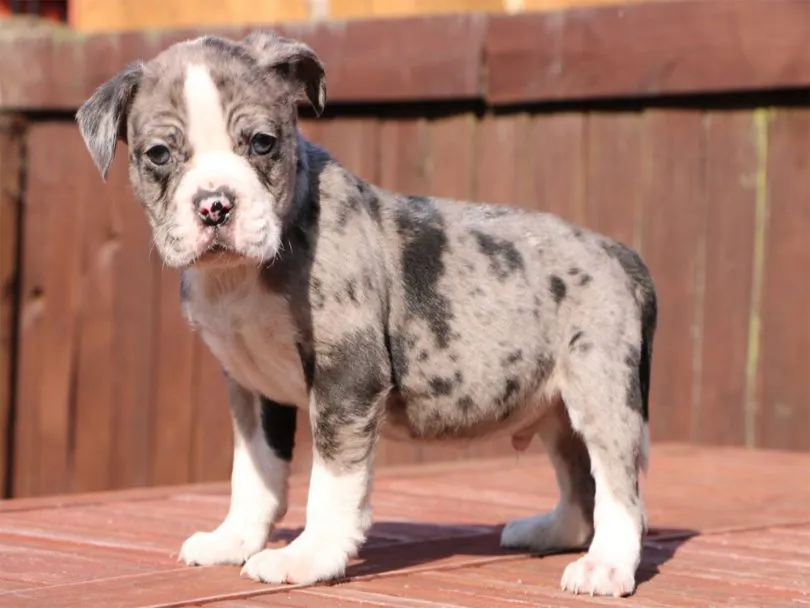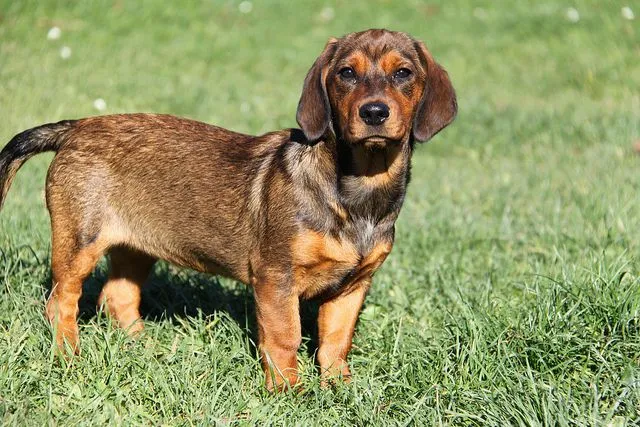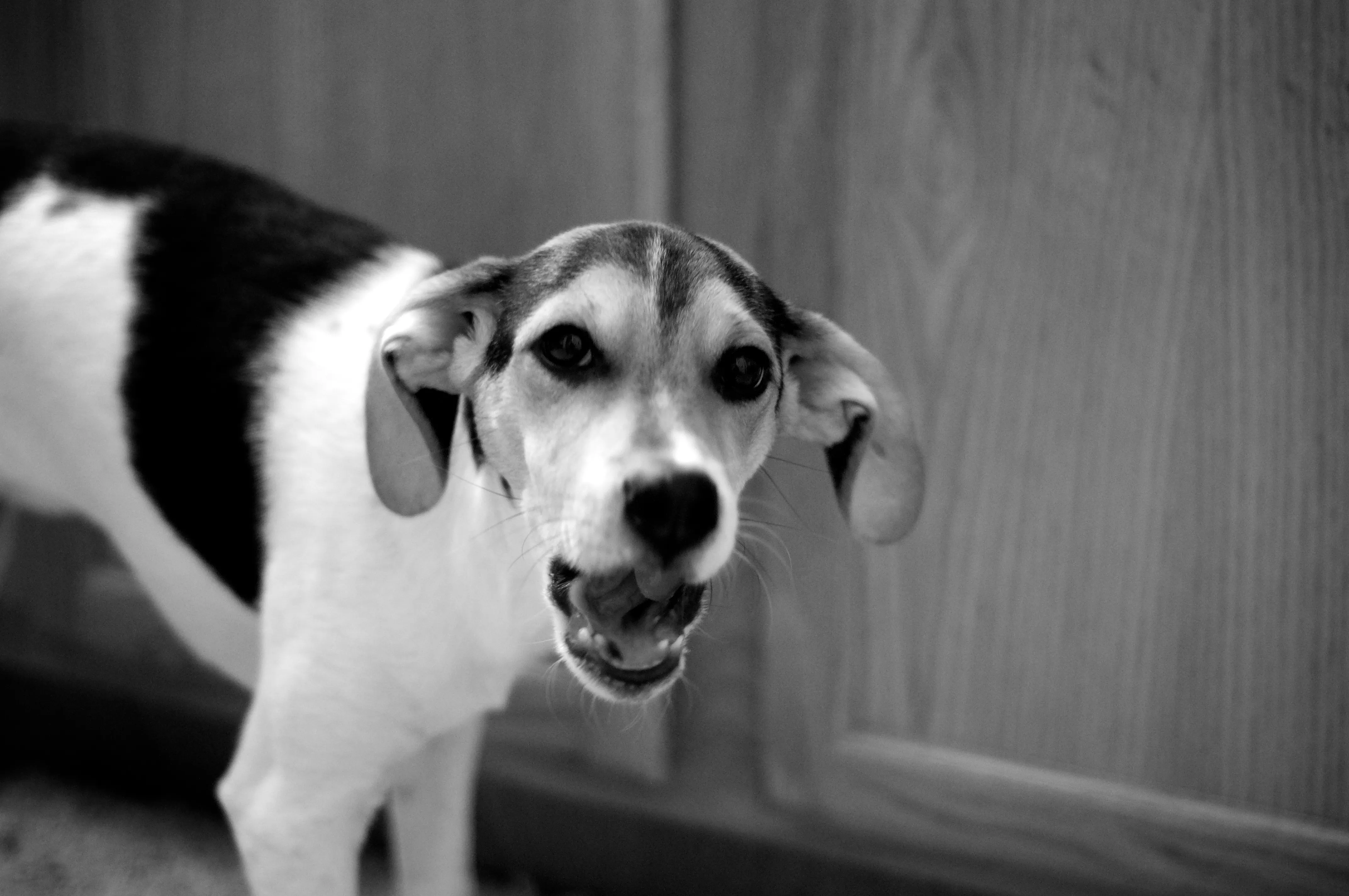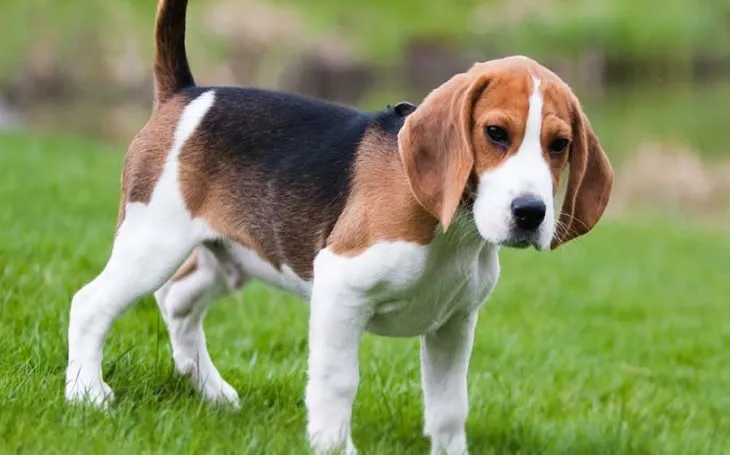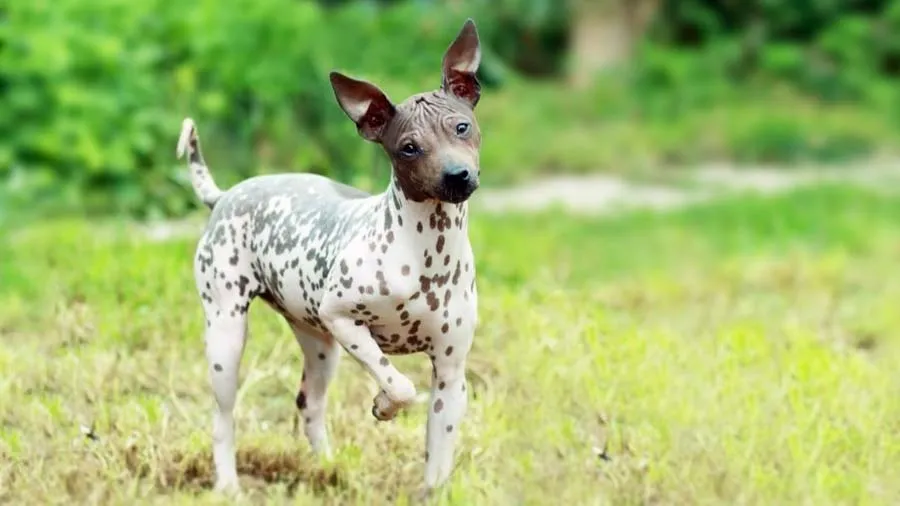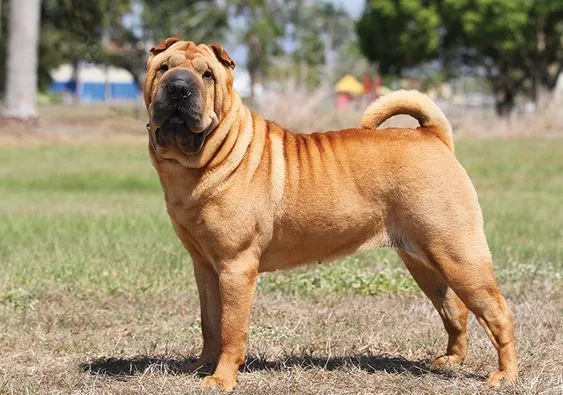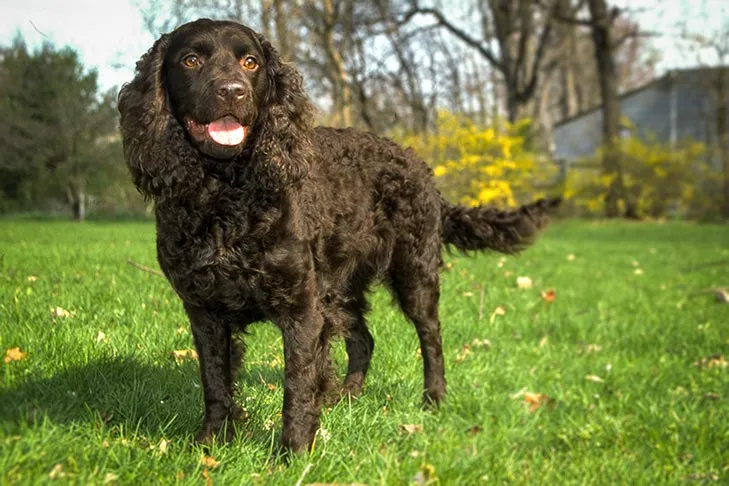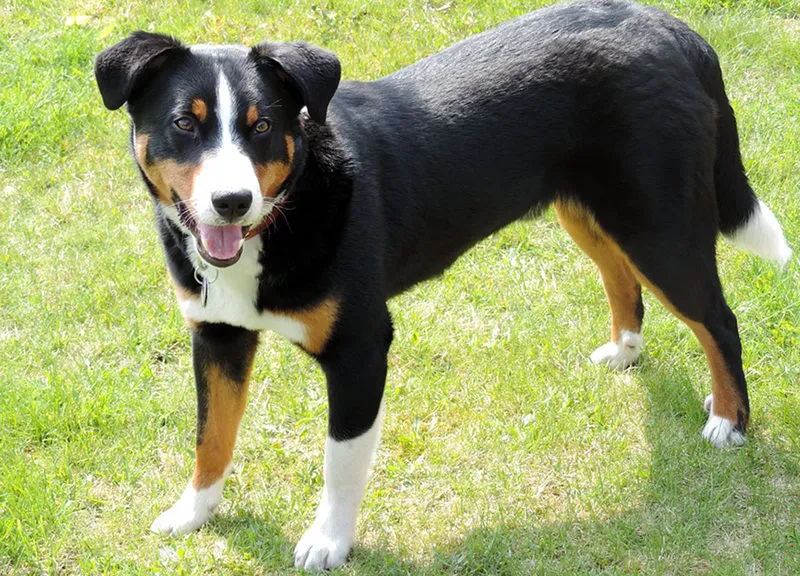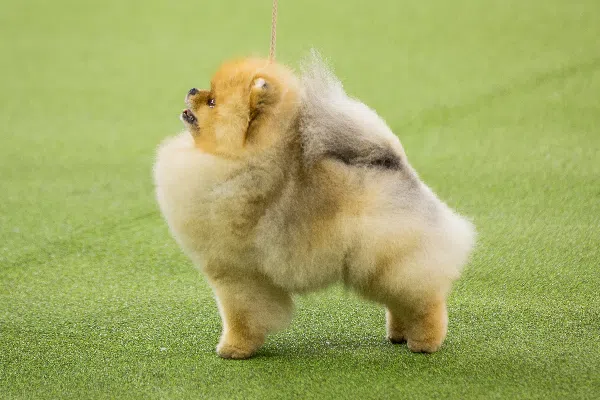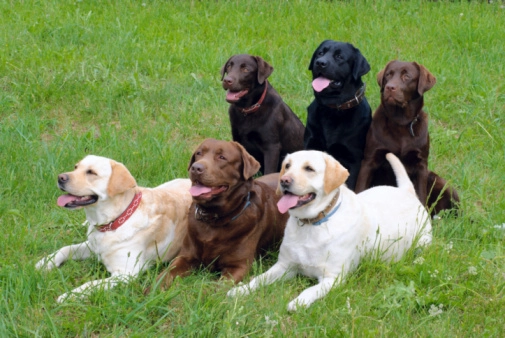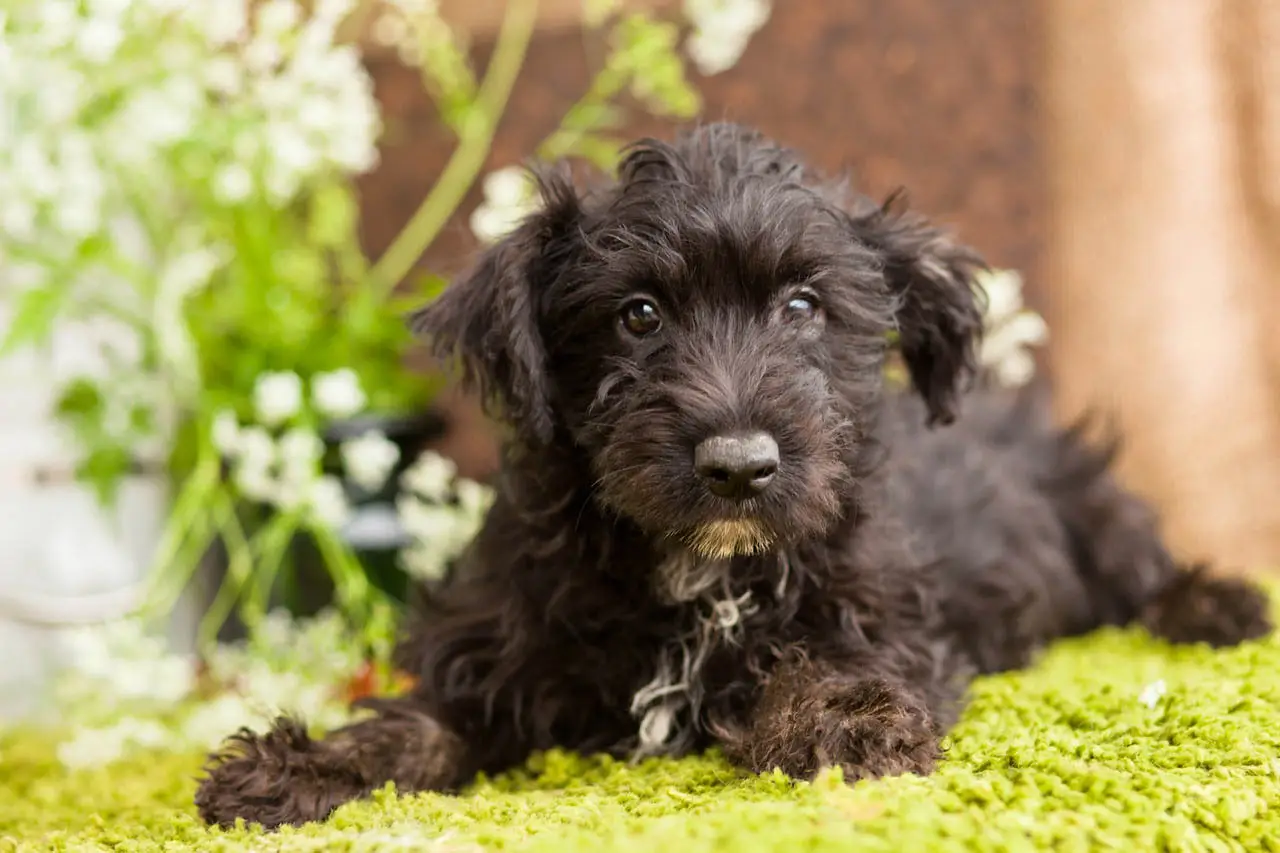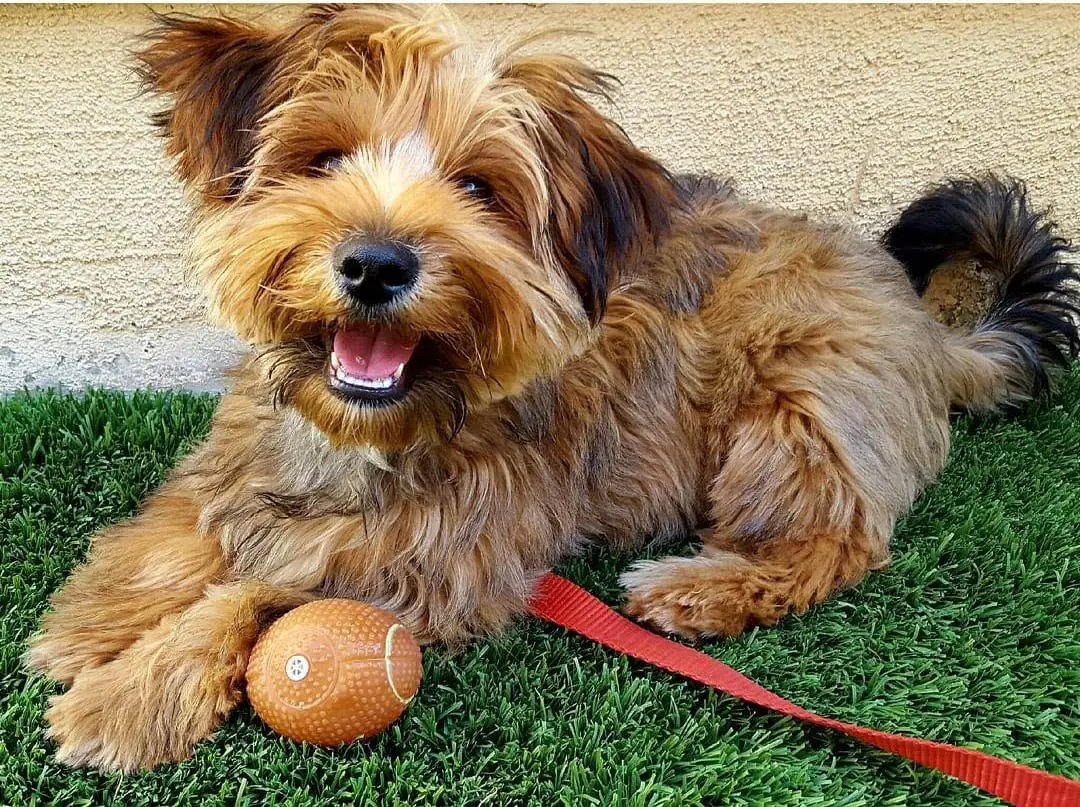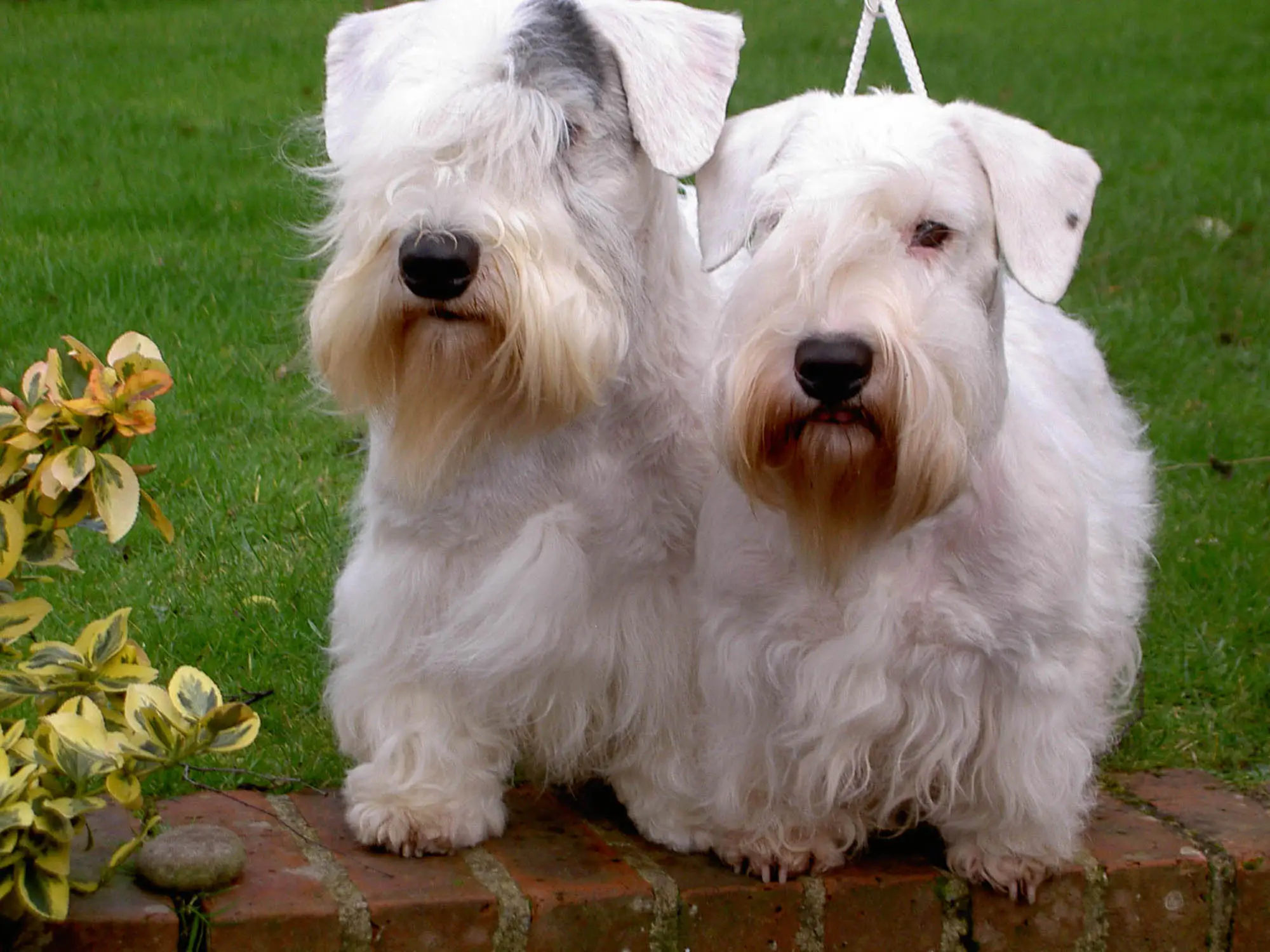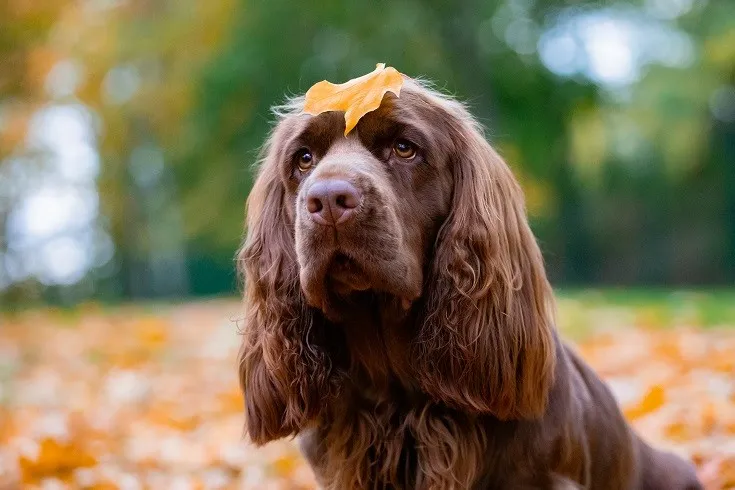History
The Seppala Siberian Sleddog is more like an Arctic breed, with a wolf-like appearance. It took the experts some fifty years to conclude that, the Seppala Siberian Sleddog and the Siberian Husky are two different breeds. It is because of this confusion that the Sleddog was an unstandardized dog breed, and participation in dog shows was still a far-fetched chapter for this breed. Because of the growing popularity of show dogs in recent years, these dogs became hugely popular both as show dogs and also as working dogs.
This breed has a medium sized body, with a long head, a pair of almond-shaped eyes, and a dark nose. They have well-developed shoulder, neck and chest muscles, which helps them to work efficiently as a working dog.
Interesting Facts
-
Siberian Sleddogs, as the name suggests, ruled the Arctic space with their massive working ability, and used for pulling sledges.
-
No reputable canine organization has yet accepted these dogs as a standardized breed.
Temperament & Personality
These dogs have a tremendous amount of energy, especially when they are young. This breed frequently growls, especially when struck by boredom and canine depression. They will be good with other canines and animals, if raised with them, in early puppyhood. This breed will love to hang out with its owner, especially during lazy winter evenings.
.png)
